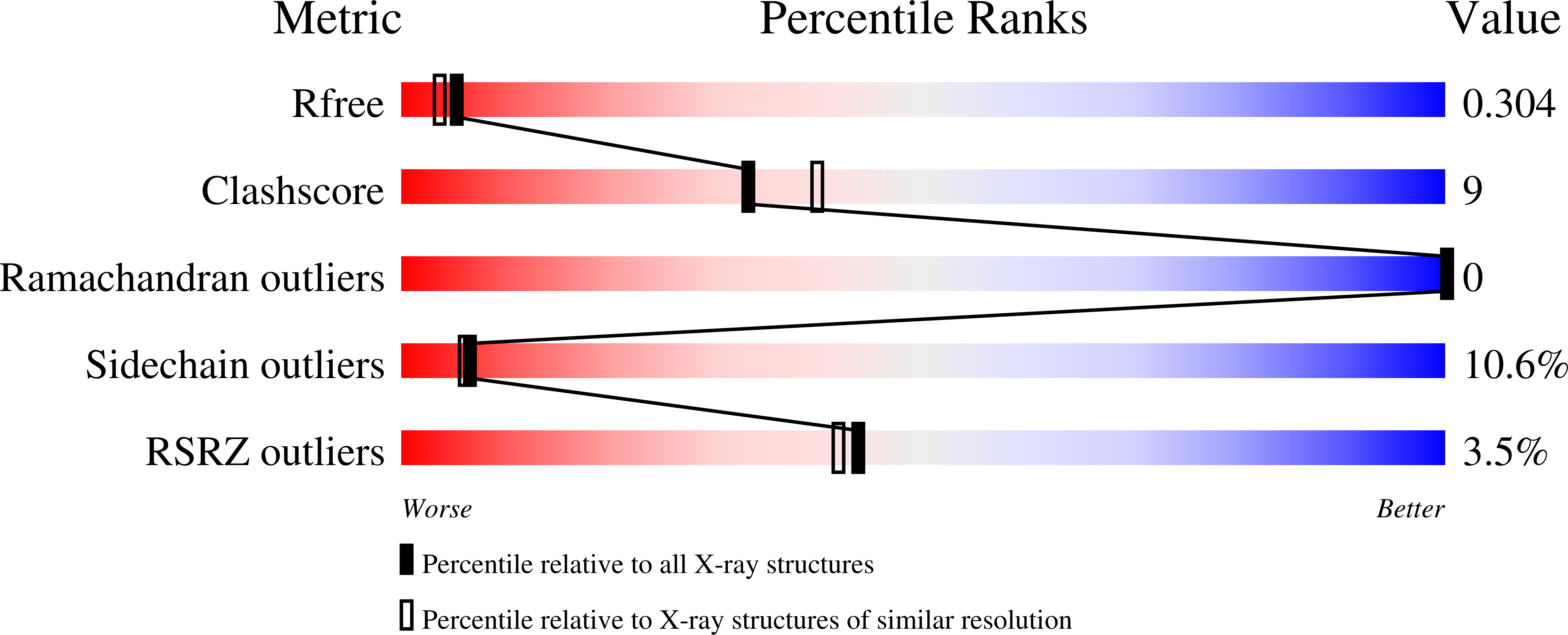
Deposition Date
2009-05-11
Release Date
2009-06-16
Last Version Date
2024-05-29
Entry Detail
PDB ID:
3HFF
Keywords:
Title:
Monomeric human Cu,Zn Superoxide dismutase without Zn ligands
Biological Source:
Source Organism:
Homo sapiens (Taxon ID: 9606)
Host Organism:
Method Details:
Experimental Method:
Resolution:
2.20 Å
R-Value Free:
0.28
R-Value Work:
0.22
R-Value Observed:
0.22
Space Group:
P 31 2 1


